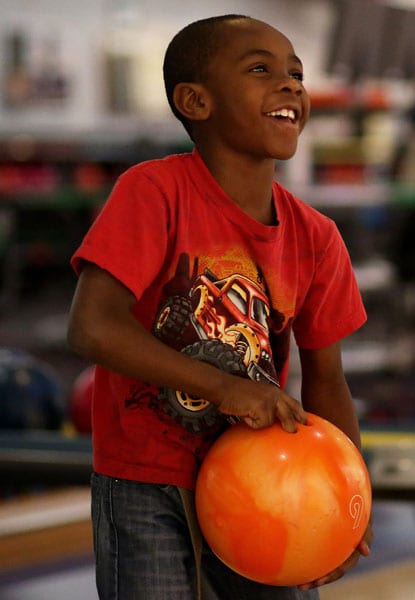
October 17, 2018; Next City
The death of Freddie Gray while in police custody changed Baltimore. There were the typical protests and marches that occur after a community has been wronged. But, unlike other similar cases, Baltimore has been able to leverage this momentum to create positive change in the community in ways that they hope will prevent another Freddie Gray story in their city.
Dayvon Love, director of public policy for Leaders of a Beautiful Struggle, says, “Part of it is that a lot of young people just don’t have things to do. There’s been a disinvestment over the past 20 to 25 years or so in funding related to programming for youth and, at the same time, an increase in funding for things like police and public safety and corrections.”
An example of the positive change catalyzed by Freddie Gray’s untimely death is the establishment of the Baltimore Children and Youth Fund. As NPQ highlighted previously, the support of grassroots organizations led by and for the community was an important component of this fund. BCYF did not want to perpetuate the nonprofit industrial complex that left so many organizations without funding, even when they were best equipped to serve their community. BCYF flipped the grantmaking script, calling on community leaders to serve on the grant review panel rather than hiring reviewers.
Sign up for our free newsletters
Subscribe to NPQ's newsletters to have our top stories delivered directly to your inbox.
By signing up, you agree to our privacy policy and terms of use, and to receive messages from NPQ and our partners.
Most importantly, BCYF invited the community to tell them what its needs are and how to best meet them. This is in stark contrast to the top-down structure of philanthropy enforced by far too many foundations. In “Strategic Philanthropy: The Good, the Bad, and the Ugly,” Rob Meiksins describes the daunting process of submitting a grant for an RFP that was not necessarily a good fit: “After all, the foundation had decided what the community needs, asked who is willing to do it, was willing to offer $250,000 a year for three years, and so she was going to jump through that hoop!”
Most organizations do need to do exactly that, jump through hoops, to be awarded grant funding. Oftentimes, grant awards go to organizations that were able to form relationships with the program officers. Or, they fund the same projects year after year, leaving little room for new programs to get funded. It is especially difficult for grassroots organizations, which often lack the time, expertise, and data to complete complex grant applications, to even get a foot in the door.
Knowing this, BCYF created a more inclusive grantmaking structure. Love describes their goal: “Really, the purpose of our role was to try to structure the youth fund in a way to flip that dynamic so that grassroots organizations could compete on an even playing field with traditional nonprofit organizations, but also do so in a way that could elevate organizations.”
In its first round of funding, 84 organizations received $10.8 million. Some of the grant awardees include the Youth Empowered Society Drop-In Center, Free For All Baltimore, Building Artists and Minds, and Intersection of Change.— Sheela Nimishakavi













